All about paulownia
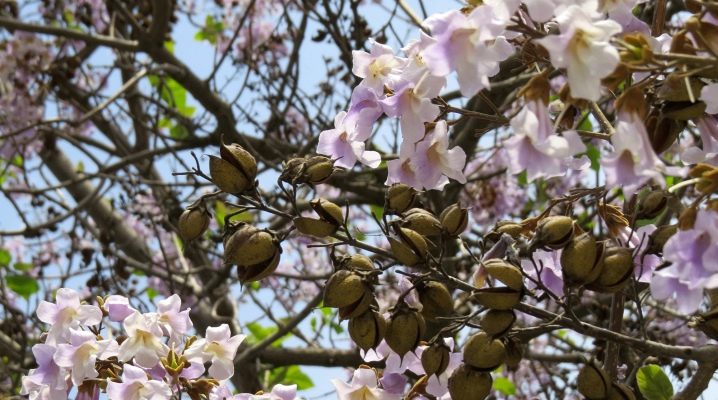
Paulownia is a type of fast growing tree. This is a thermophilic culture that came to us from the subtropics. But the plant is successfully cultivated not only in the middle latitudes, but also in the Urals, in Siberia. Next, we will tell you all about the cultivation of paulownia, its varieties, reproduction and diseases that can occur.
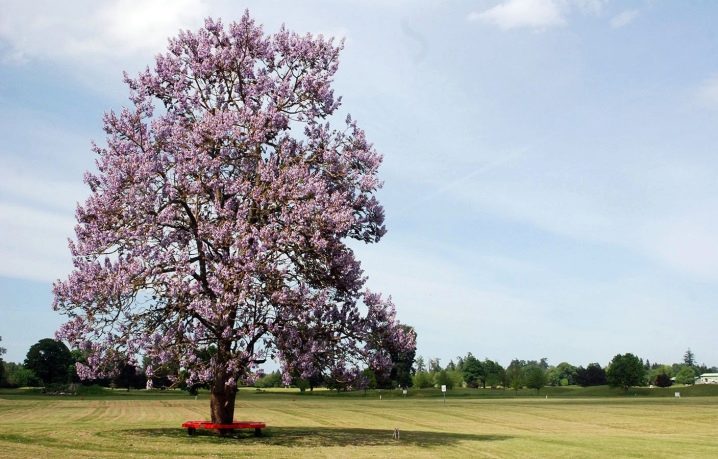
Description
The fast-growing paulownia, or Adam's tree, has been known for a long time. Such an exotic name was given to the plant by a scientist from Germany Philip Franz von Siebold. For the first time in Japan, he saw such a beautiful tree, transported it to the European continent. And the name was given in honor of the Dutch queen Anna Pavlovna Romanova. It is noteworthy that the tree has not only external beauty, but also has special properties inherent only in it.
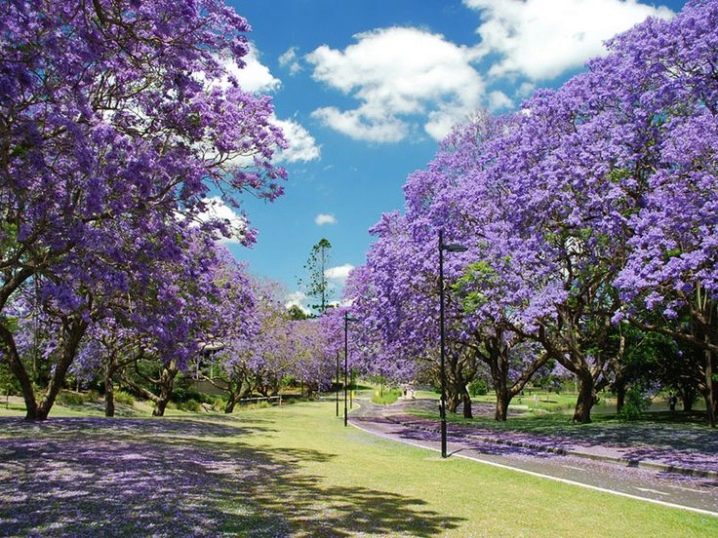
The main difference is a long trunk with gray bark and small plates applied to it. The average tree height is 19-20 meters. The egg-shaped crown is formed by lateral shoots.
In the middle lane, as well as in Siberia, the plant is often exposed to frost, which is why its trunk almost always branches. As a result, in our climatic zone, paulownia most often grows in the life form of a beautiful shrub with a lush crown, but not as a tall tree.
The root system is represented by a central core, which is buried 6 meters into the ground. In this case, the lateral branches are insignificant.
The leaves of the plant are large lobes with deep teeth. Leafy plates of a juicy green color, on the outside have a slight pubescence.
Interestingly, the plant blooms in mid-March, when the leaf plates are sitting in the buds. The tree with flowers is about two months old. The funnel-shaped fragrant cups reach 60 millimeters in size. The flower consists of five petals of a lilac or cream shade.
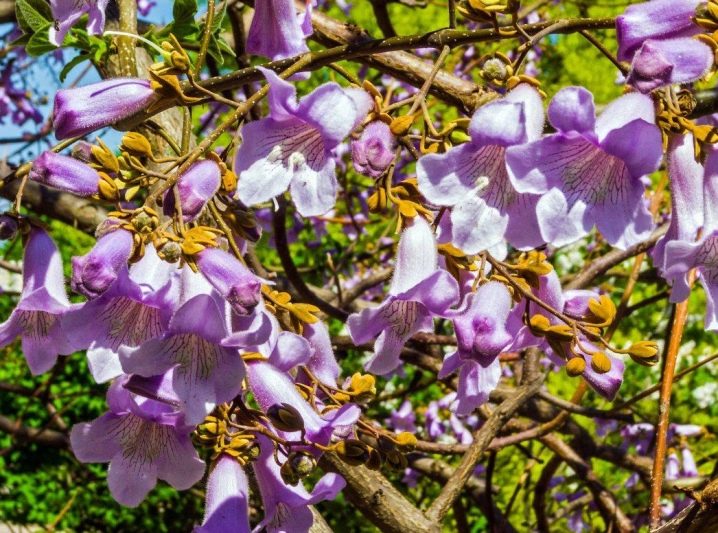
Brown fruits are formed immediately after the flowers wither. These are small boxes with a huge amount of winged seeds inside.
Paulownia is one of the fastest growing trees, its growth rate is several times higher than the growth rate of oak. There are quite a few varieties of this tree. There are those that perfectly tolerate cold and severe frosts down to -30 degrees. The lifespan of the tree is up to 100 years.
Paulownia is considered the official national symbol of Japan and China. It grows well in Vietnam, Korea, Taiwan, Laos.
But recently, the Adam's tree has expanded its growing area: Ukraine, the Mediterranean, North America, Crimea, the Caucasus, some regions of central Russia.
This culture is remarkable not only for its beauty and rapid growth. It is valuable for many reasons. For example, large leaf plates emit large amounts of oxygen, wood also protects the environment from hazardous impurities. Paulownia is a tree that is perfect for landscaping parks, gardens, squares, recreation areas. It can protect the territory from winds, overgrowth of ravines.
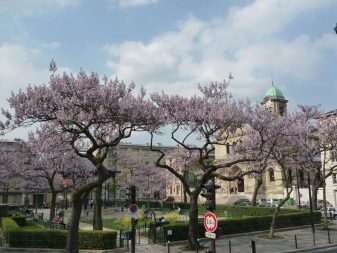
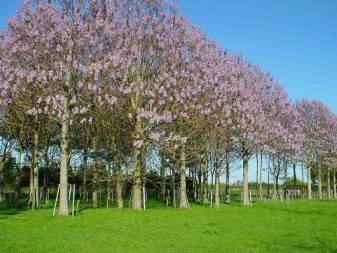
Tropical wood is classified as a business building material. Paulownia board is almost twice lighter than pine, but in terms of technical characteristics it has superiority. Therefore, the area of application of such wood is quite extensive.
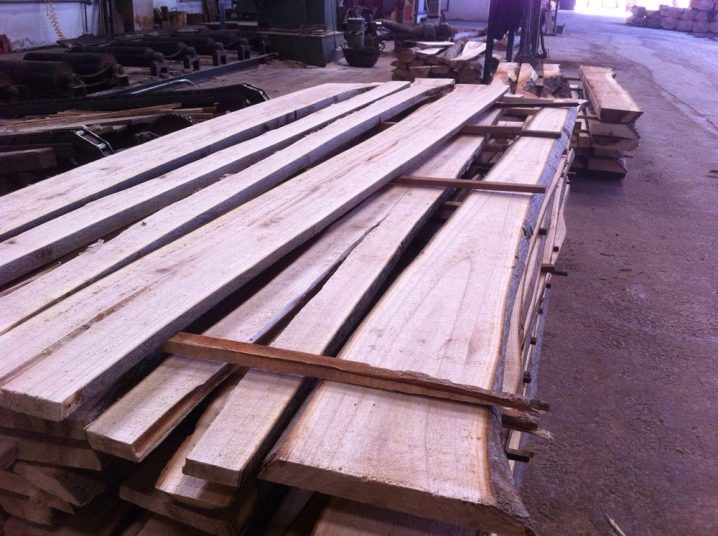
All other parts of the tree are used for cosmetic and medical purposes. Foliage is nutritious, contains a huge amount of vitamins and minerals.It is often used as livestock feed.

Types and varieties
There are many varieties of this beautiful plant, but let's dwell on the most popular and famous varieties.
- "Fortune" Is a thermophilic variety that blooms luxuriantly and for a long time. The tree grows rather quickly, reaching a height of 12 meters. Huge leaves are covered with delicate pubescence. The flowers are creamy. Can be grown outdoors and at home.

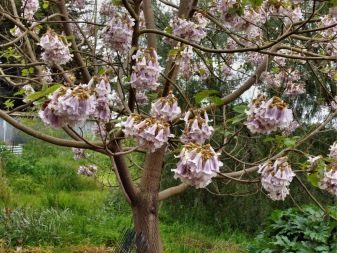
- Elongata. The tree has a dense crown, and its height reaches 15 meters. The flowers are lush and lavender-colored. This variety is relatively frost-resistant - it can withstand frosts down to -20 degrees.
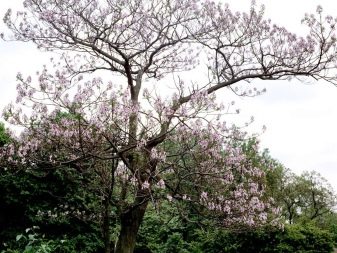

- Paulownia oblong much higher than all varieties. Mostly exotic crops are grown for timber.
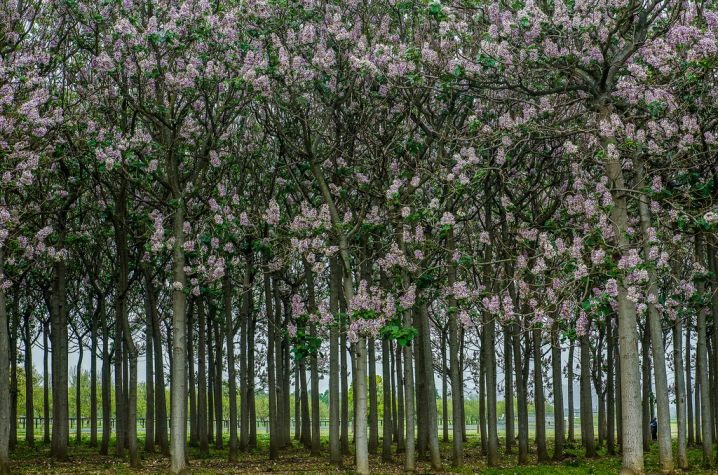
- Shang Tong Is a relatively new variety that combines slimness and endurance. It is resistant to temperature fluctuations. Feels great with temperature ranges from -30 to +40 degrees.
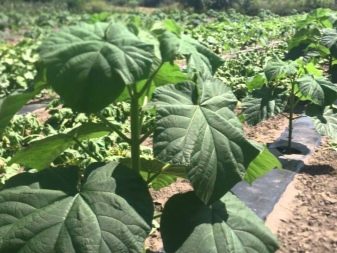
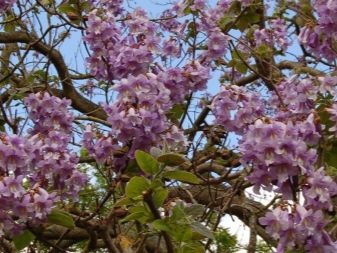
- Felt variety or "Tomentoza". All leaves of this plant are covered with dense fluff. The tree is medium-sized, withstands winters at -30 degrees. Blooms at the age of 5 years. Most often used for park landscaping.


- "Kawakami" - a low deciduous tree. This is a good peduncle, therefore, in warm regions, it is planted near apiaries.
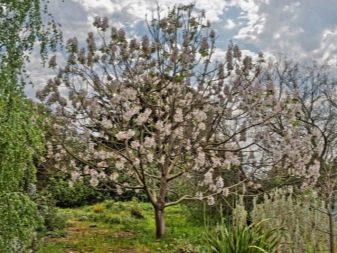
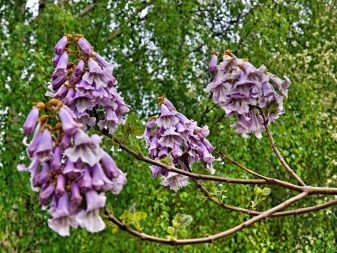
- Selection variety "Energy" perfectly cultivated even in the middle lane. Often grown for wood.
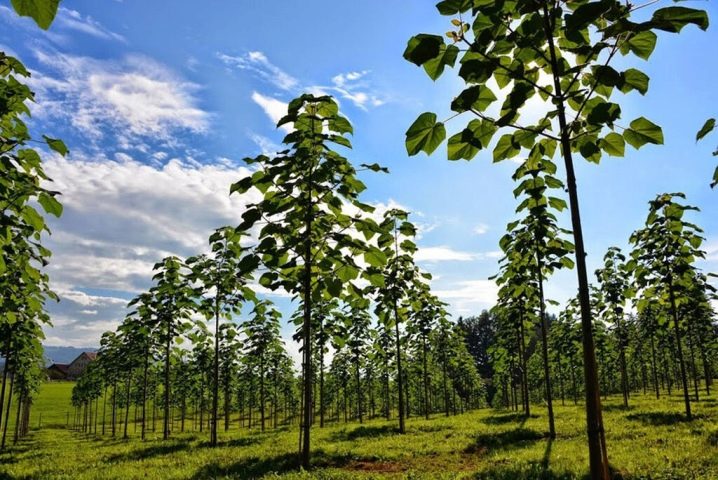
- "Pao Tong" Is a hybrid variety that survives perfectly in any climatic conditions. It grows at a rapid pace, and already in the second year of life reaches 8 meters.
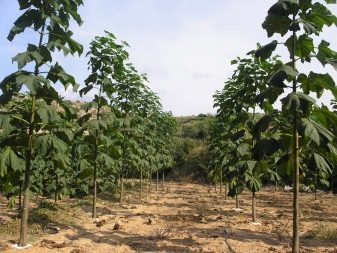

- Sapphire wood has an average resistance to frost (up to -17 degrees). It has an egg-shaped crown, large leaf plates, and the flowers are blue in color with a pale yellow center.
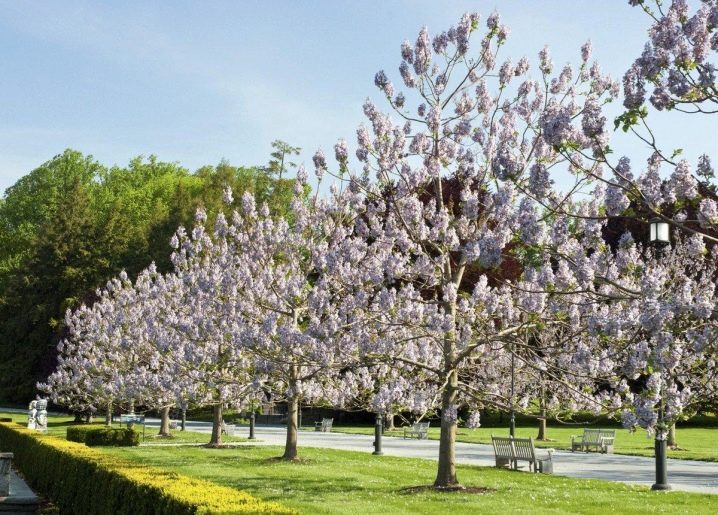
- Paulownia catalpa growing at a slow pace, on average by a couple of centimeters per year. It is interesting that high-quality plywood can be obtained from this tree. The variety is frost-resistant, tolerates drought well.
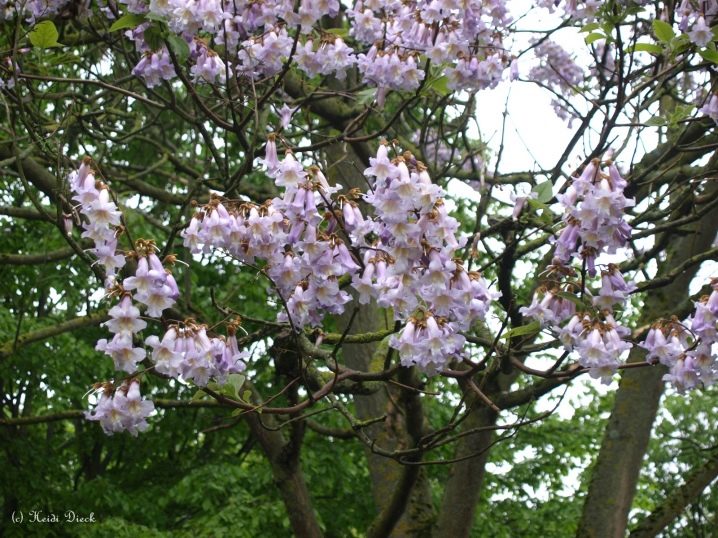
Landing
Before planting seedlings in the ground, it is recommended to choose the right site. One-year-old seedlings take root faster on a flat and lighted area, where there are no drafts, large fruit trees. Loam, chernozem or sandy loam are perfect.
Planting times vary from April to October... It all depends on the weather conditions. For example, in Siberia and the Urals, planting can be done from the arrival of spring until the onset of summer. And in the Leningrad region - the entire recommended period. Before planting, a hole is dug up to a meter deep and up to 60 centimeters in diameter. Be sure to lay the drainage from fine gravel in a layer of 20 centimeters. The soil is mixed with manure and leaf humus with the addition of any mineral complex. Together with the seedlings, a small strong peg is determined, everything is watered abundantly.
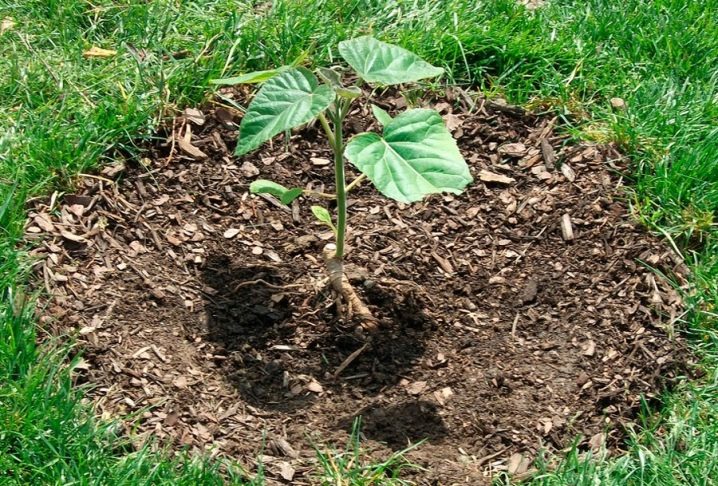
Most often, the plant is cultivated as seedlings, but it can also be grown from seeds. First, the seed is checked for quality. It's very simple: the seeds have to be put into water. The specimens that ended up on the bottom have good germination. They must be removed and laid out on a damp cloth or napkin, covered with plastic or cling film.
From time to time, it is recommended to check them, moisten them as needed. Two weeks later, the seeds will swell, give the first shoots.
Experienced gardeners practice a planting method called swamp planting. For these purposes, a container with a diameter of 20 centimeters is suitable, which is covered with soil, and then filled with water so that it stands 5-7 centimeters above the ground. After that, seeds are sent to this swamp. Seed germination can be seen after 10 days. But you need to make sure that the water level does not change, and the swamp does not dry out.
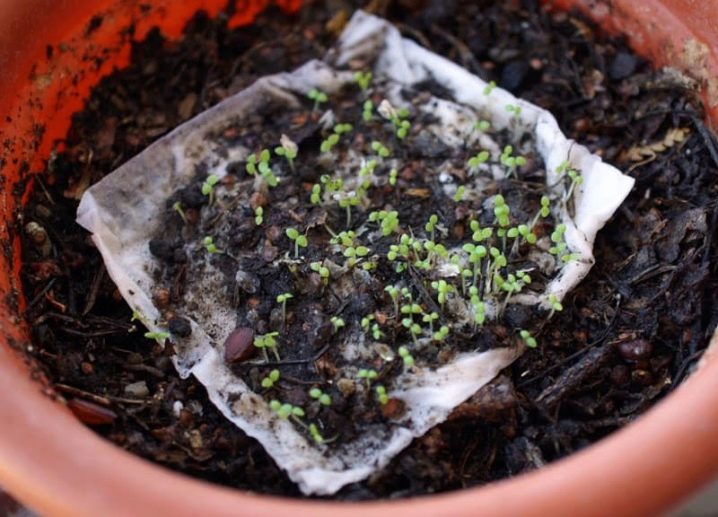
The finished material can be planted in small containers in a composition of sod, leaf and peat mixture. The emerging sprouts are organized in a phytolamp and covered with cling film or polyethylene. In open ground, mature plants can be transplanted only after a year.
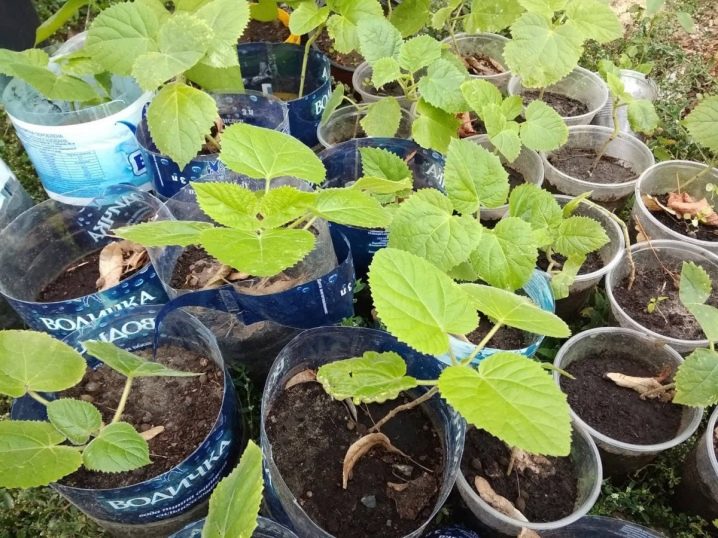
You can grow a tree yourself, or you can buy a ready-made seedling in gardening stores. We have already written how to check the seed material. But the root system of the seedlings must be checked for rot and various kinds of damage, the presence of pests. If the plans do not immediately plant greens, then it must be placed in a slightly moist and cool place.... There, a young tree will remain for a long period.
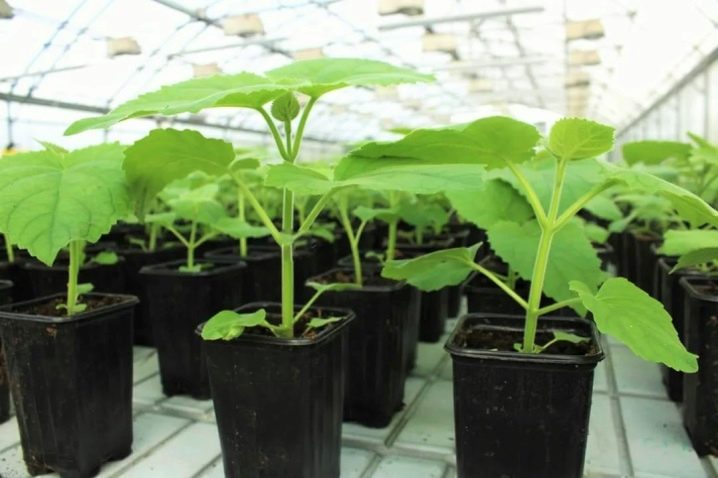
Care
After the plant has reached the seedling stage, it will not be difficult to grow a full-fledged tree from it. It is only necessary to follow some agrotechnical recommendations.
Of course, paulownia feels best in places with a warm climate: the Far East, Crimea, China, Ukraine, Korea. But hybrids grow well in frosty, arid regions, in places with a capricious climate.
The best irrigation option for a tree is drip irrigation. The calculation is as follows - 15 liters for two weeks, after which it is recommended to mulch the root circles.
The growth rate will increase if fertilizer is applied during planting at the rate of 2 kilograms per seedling. After that, the spring application of mineral fertilizers and a small amount of nitrogen will be enough.
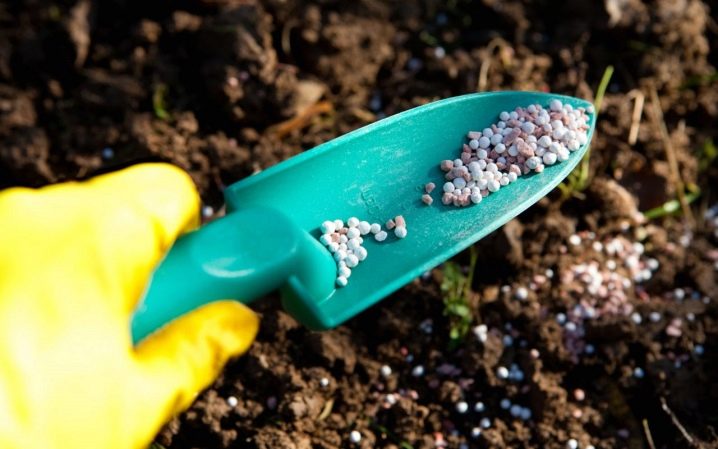
Basically, pruning is done in the fall, but in the second year of the plant's life, not earlier. And all because the root system is actively formed in the culture. And when it comes to growing crops for building material.
After the first technical pruning, it is necessary to remove the shoots and buds from which the branches are formed. Don't forget to use a garden varnish.
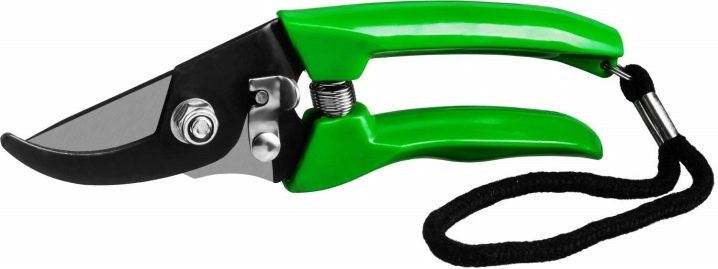
The plant as a whole is unpretentious: it gets along well with many vegetable and fruit crops.
If at first the seedling is cultivated as a home plant, then it must be transplanted into a more spacious container every year. If the tree grows on the site, then it is better to protect it from drafts, to grow it for the first time with a support.
It is customary to insulate young trees with lutrasil for the winter period. It is best to cover the trunk circles with polyethylene, burlap, cover them on top with a layer of fallen leaves and dry grass. Some gardeners build a frame around the plant from a covering material, stretch a metal mesh and roofing material, and cover the bottom with lumps of snow.
With the onset of spring, when the snow melts, manure can be thrown around the perimeter.
Sometimes, when growing exotic, certain difficulties arise.
-
The death of sprouts, a change in the color of all parts - incorrect, excessive watering.
-
The leaf plates begin to fade - lack of sun.
-
The leaves have wilted and turned yellow - you need to water more.
-
Poor flowering - improper care, poor soil, fertilization is necessary.
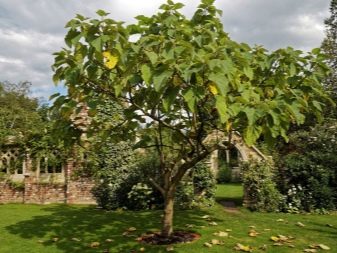
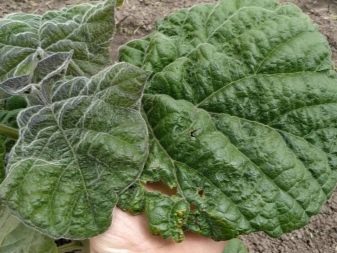
Reproduction
The reproduction process takes place with green cuttings, root suckers and seeds.
The fastest and easiest way is propagation by cuttings. Moreover, this applies to both hybrids and varieties. For this, material is used from young trees not older than three years. In spring, cuttings 10 centimeters long are planted in containers. When the stalk grows 20 centimeters high, it can be planted in a permanent place.
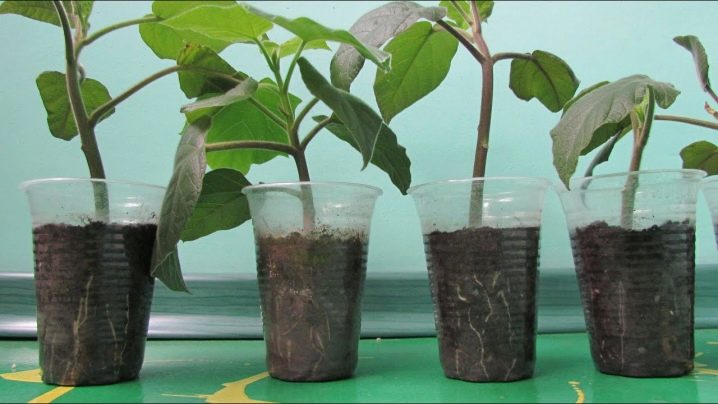
Breeding by offspring is less popular. Because it is quite difficult to do this with a tap root system of a plant. But if a shoot suddenly appears, then it can serve as a good planting material. Harvesting takes place both in spring and autumn, just before planting.
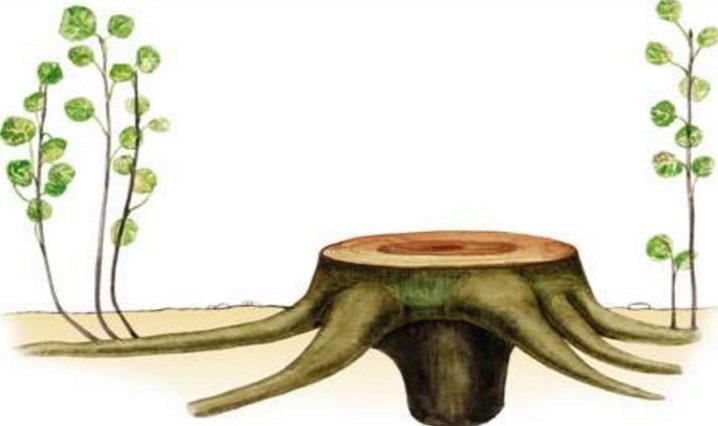
You can grow from seeds, but it takes a long time. This procedure is carried out with the onset of January. Further steps for planting a tree from seeds were described just above.
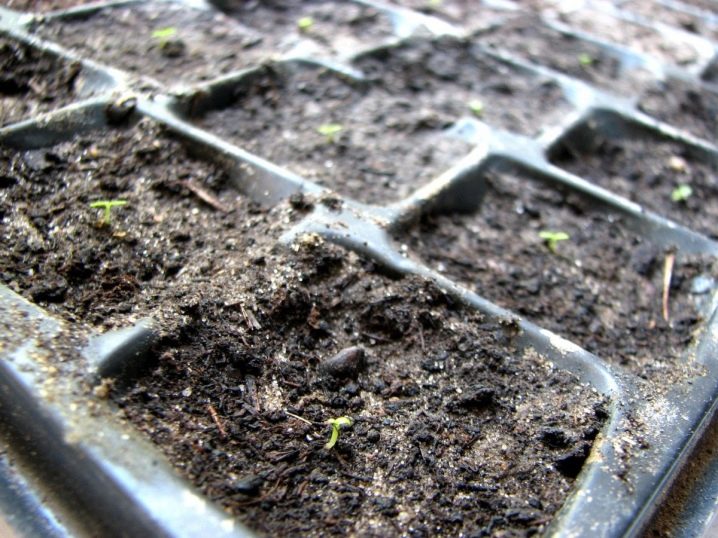
Diseases and pests
Not many diseases can affect paulownia. The main and most terrible thing is a black leg, which appears due to excessive watering. You can treat a tree with fungicides, but you never need to transfuse the culture, then there will be no unnecessary problems.
But pests love the Adam tree more. Among them are aphids, scale insects, whiteflies, cabbage scoops, flower moths. They mostly grow on young trees.
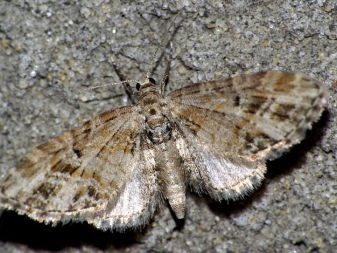

But, perhaps, the No. 1 enemy for the plant is the Colorado potato beetle. He eats up all the leaves and young shoots at a fast pace. In this case, a drug containing imidacloprid will help.
Paulownia is a wonderful thermophilic plant. The popularity of the cultivation of exotics is growing every year due to the beneficial properties of all parts of the tree. With proper cultivation, the culture will feel great on any personal plot.
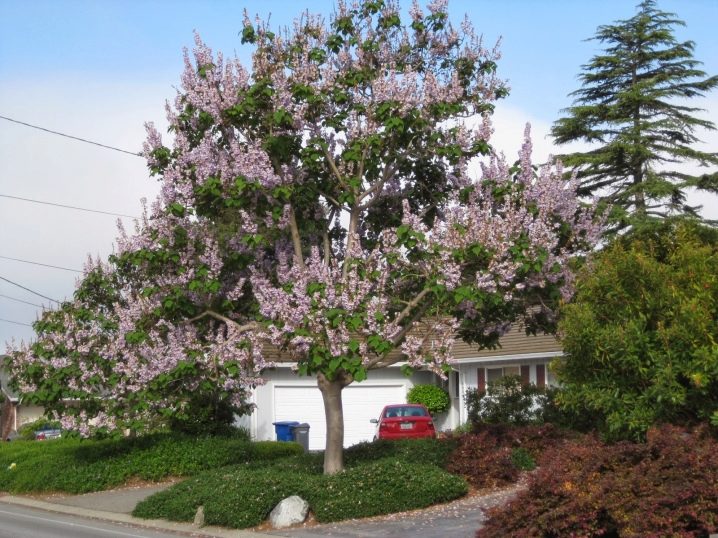



































































The comment was sent successfully.